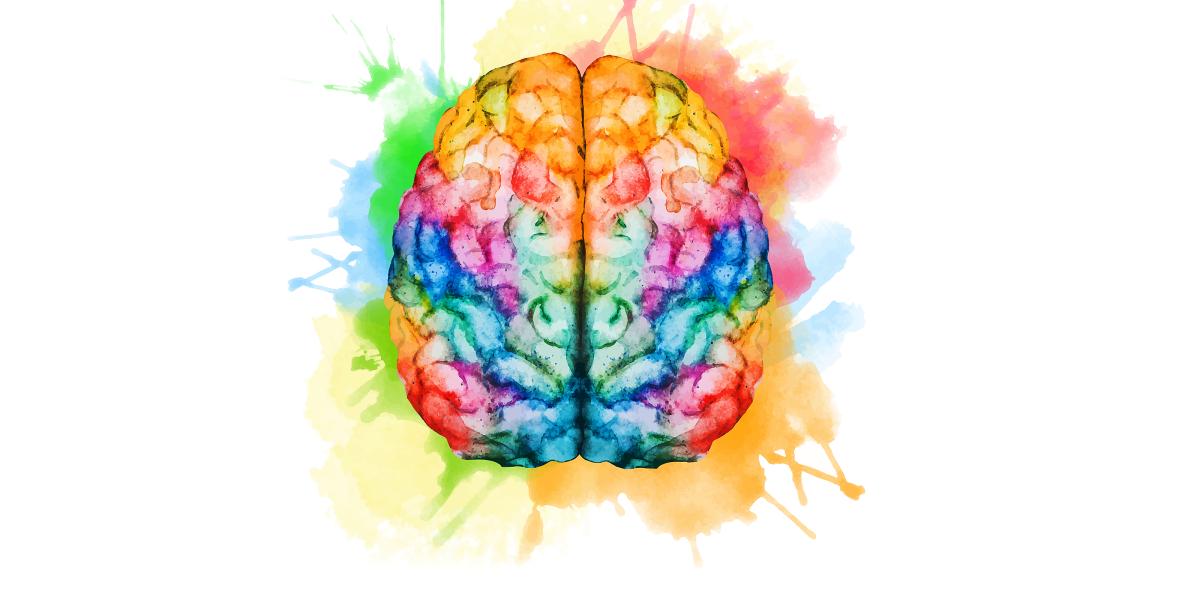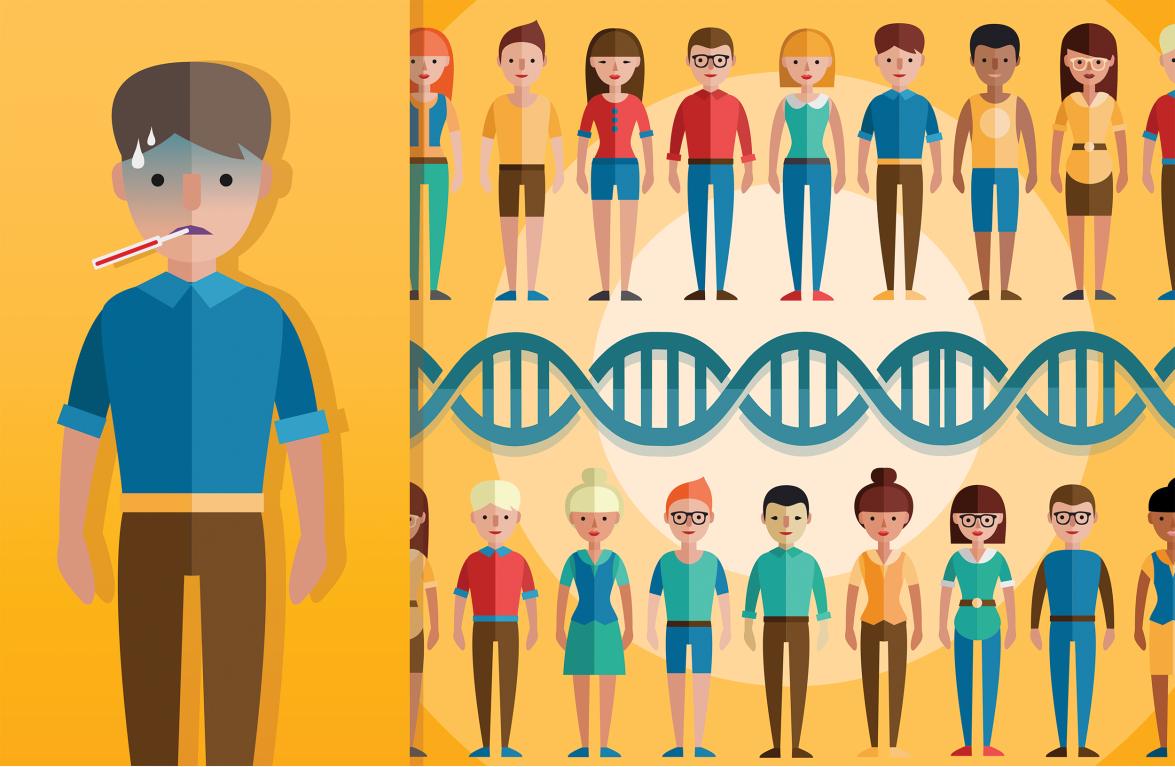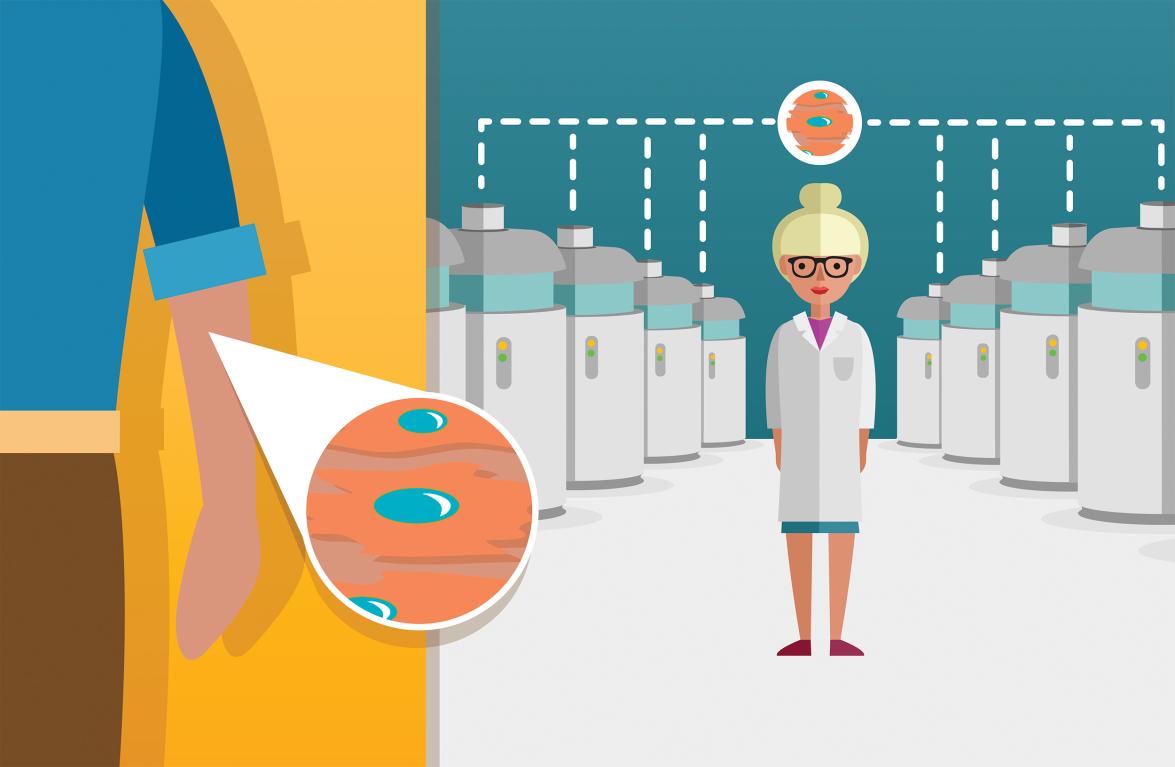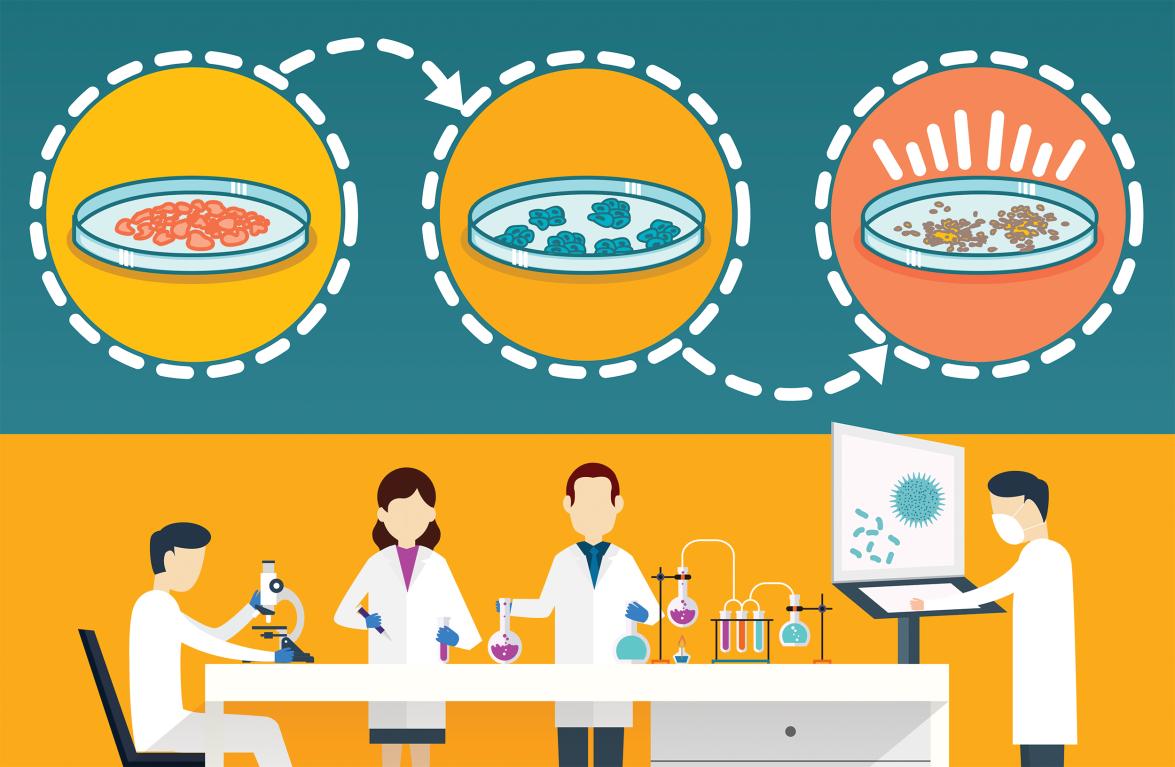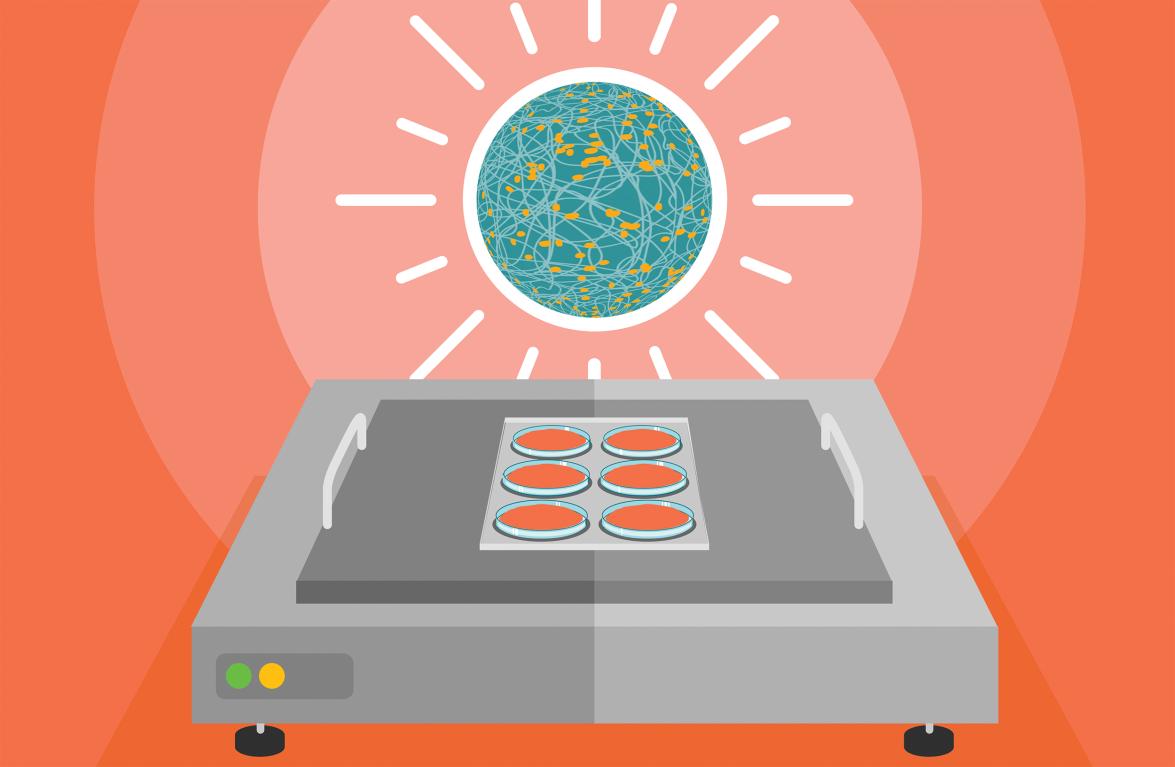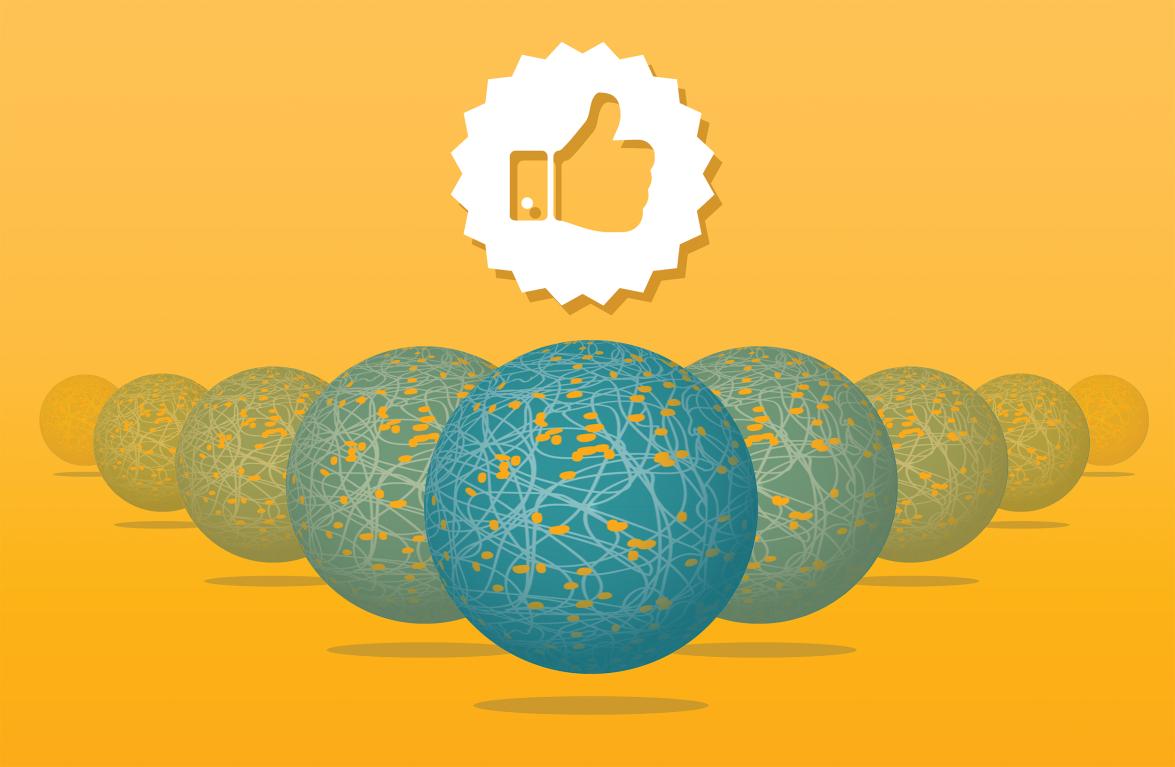Mini-Brains: The Rat Replacement
A human-derived model for neurological disease studies and drug development.
The human brain has a new mini-me, a tiny white bundle of cells no larger than a snowflake. The live replica can be used not only to study neurological diseases that plague populations but also to spare rats—saving millions of dollars annually on animal testing.
In drug development for brain diseases, “failure is notorious,” says Thomas Hartung, MD, PhD, director of the Center for Alternatives to Animal Testing. Rats are the easy go-to model for clinical experiments, he explains, but even when drug trials succeed in rats and progress to humans, 95 percent fail.
“We hope something more human will help,” says Hartung, who has gained widespread recognition for developing a mini-brain more complete in structure than an earlier prototype. Importantly, his technique has proven ideal for mass production.
The human brain is composed of two cell types: neurons that “talk” to each other and glial cells that support the chatter. Hartung’s miniature has both. “So we can also study diseases that target glial cells, like multiple sclerosis,” he says.
Mini-brains can even help identify chemicals that lead to disorders such as autism. It costs $1.4 million to test one substance for developmental neurotoxicity on rats, and about 200 substances have been tested over the last decade. But, as with drug trials, the results may not translate to humans.
“We need 21st-century cell cultures for 21st-century problems,” stresses Hartung, whose intent is to share this organ culture with researchers worldwide through ORGANOME, a tech venture now in development. The vision: allow scientists to order hundreds of identical human mini-brains, from healthy models to Down syndrome models, for large-scale research projects.
He’s determined to do what it takes to meet the demands of the marketplace. “We need to make it so easy to order and work with the model that nobody has an excuse to still use an animal,” he says.
